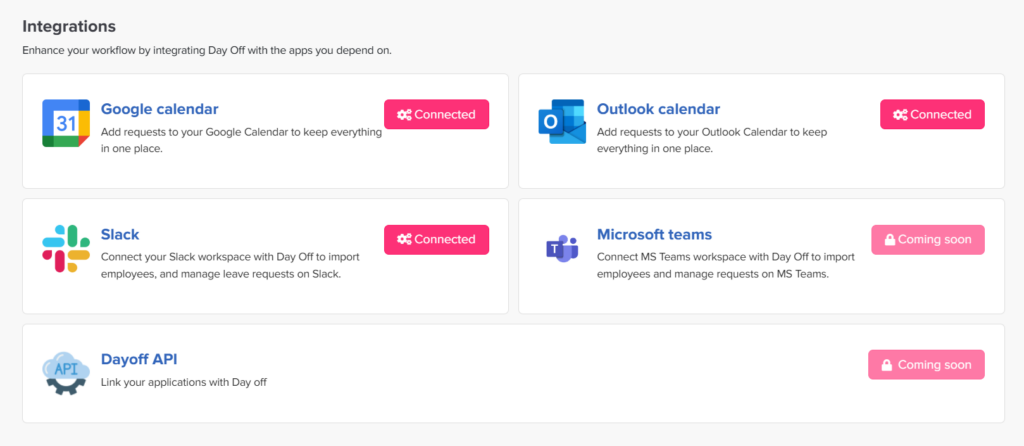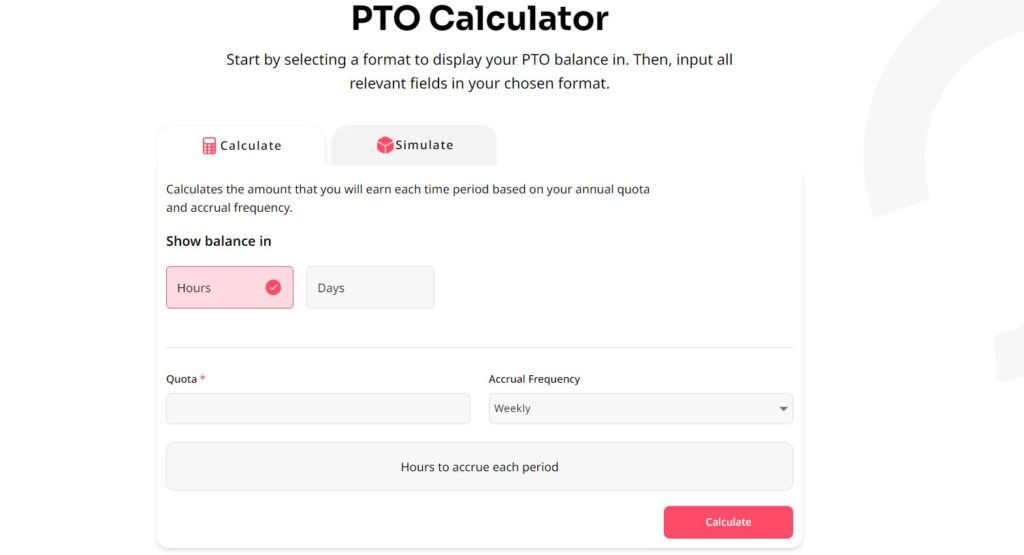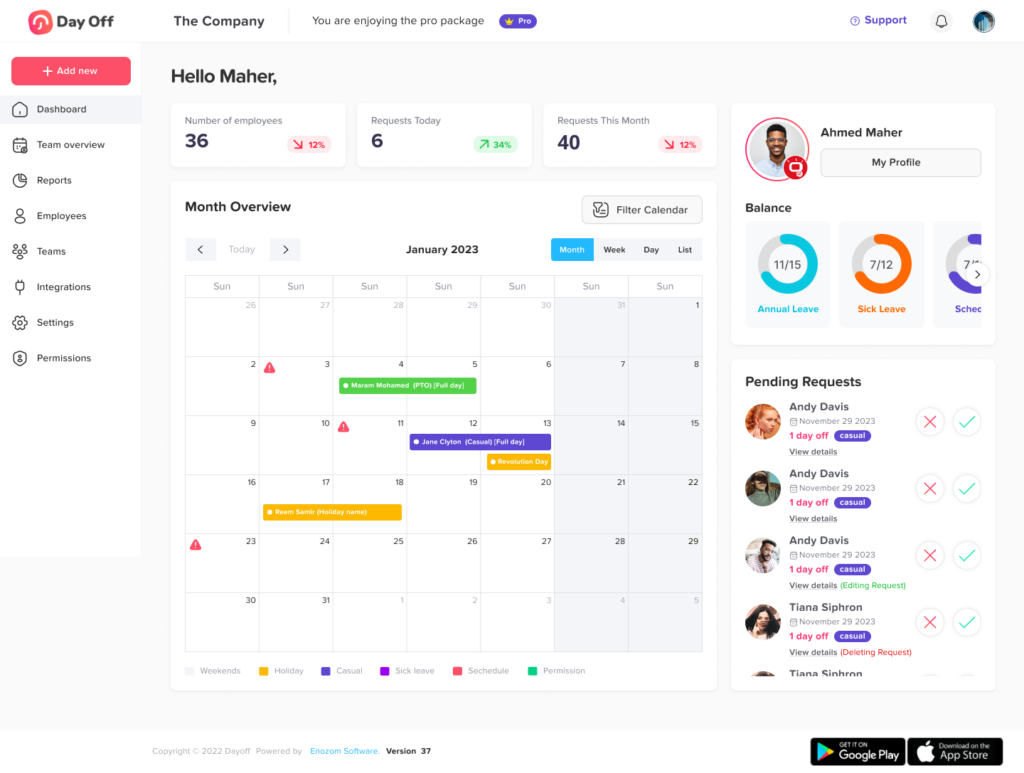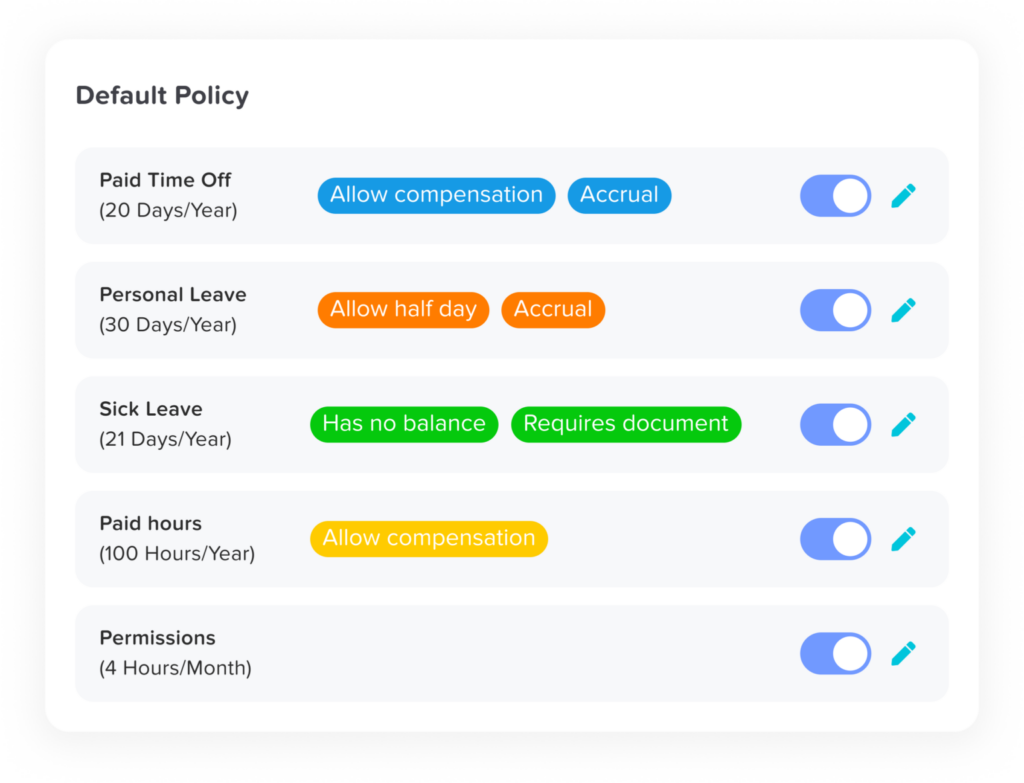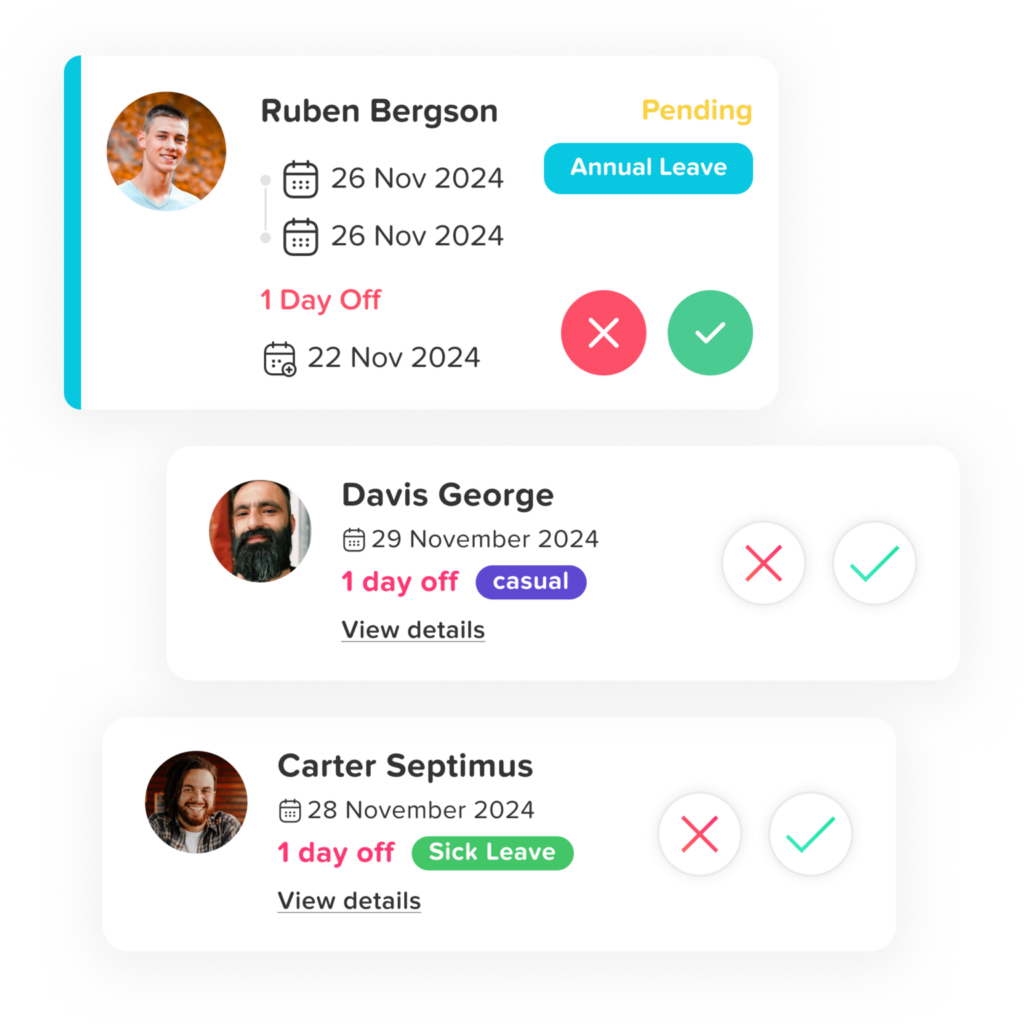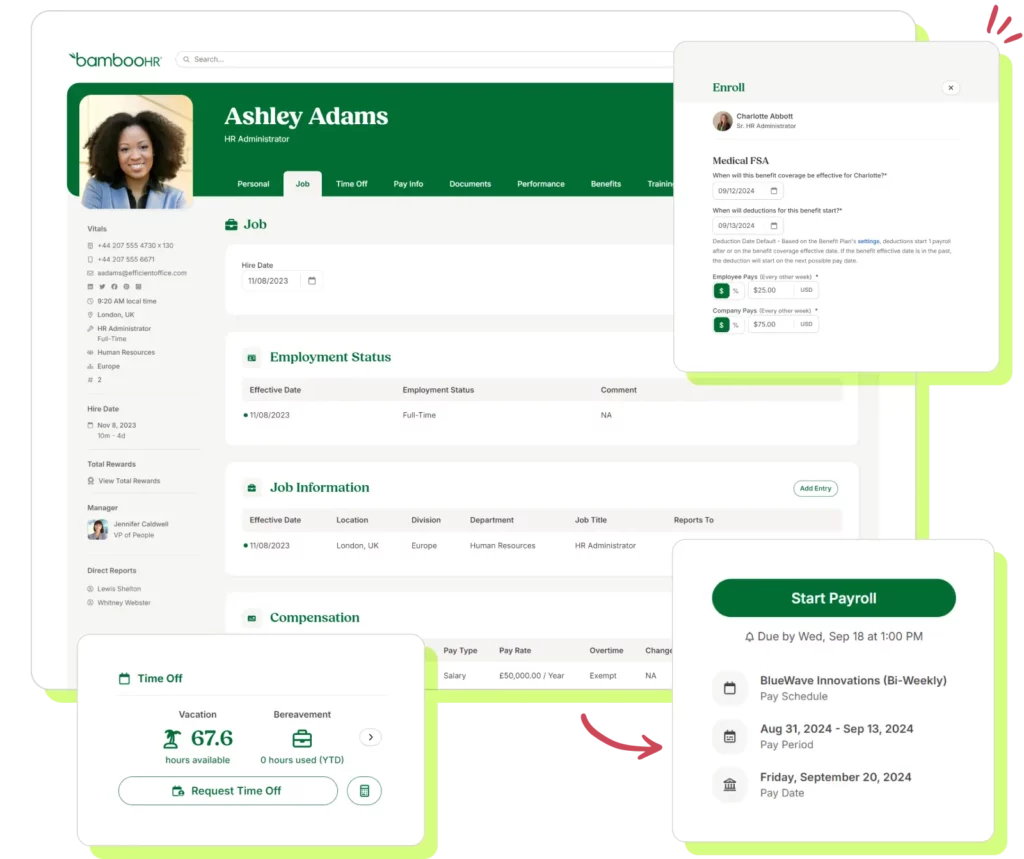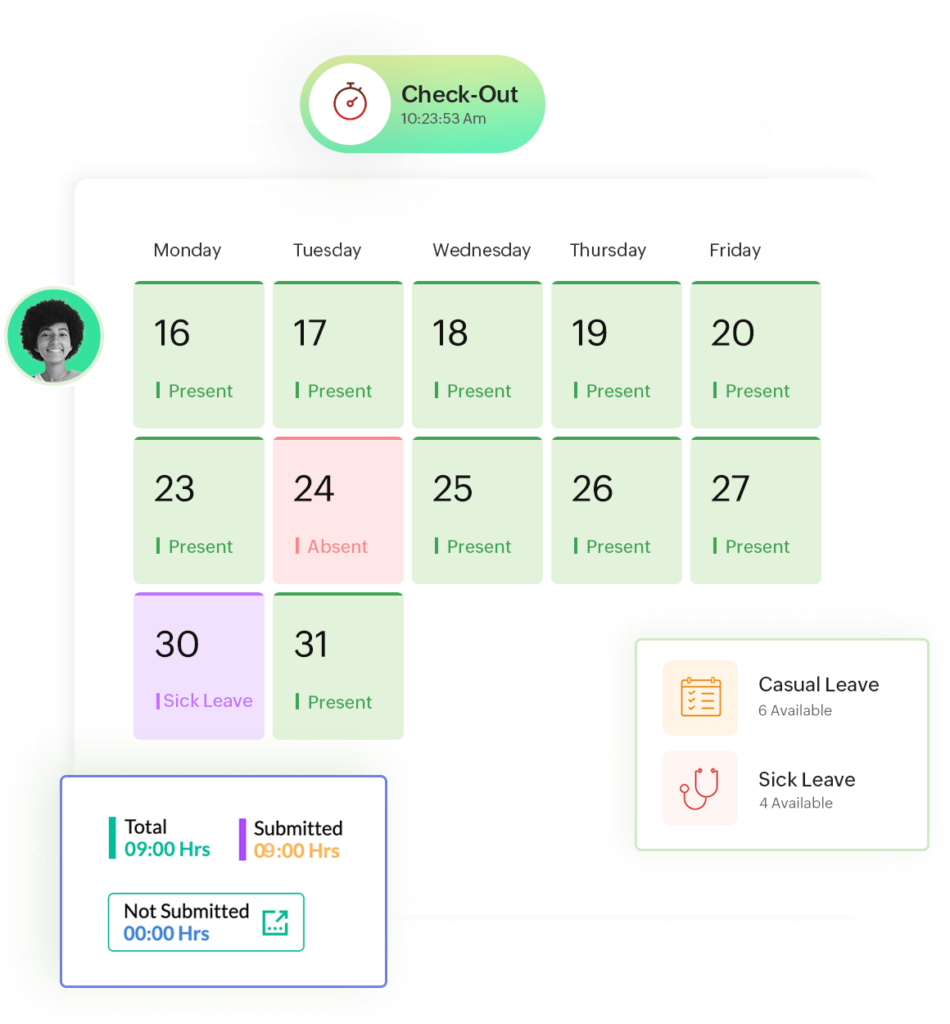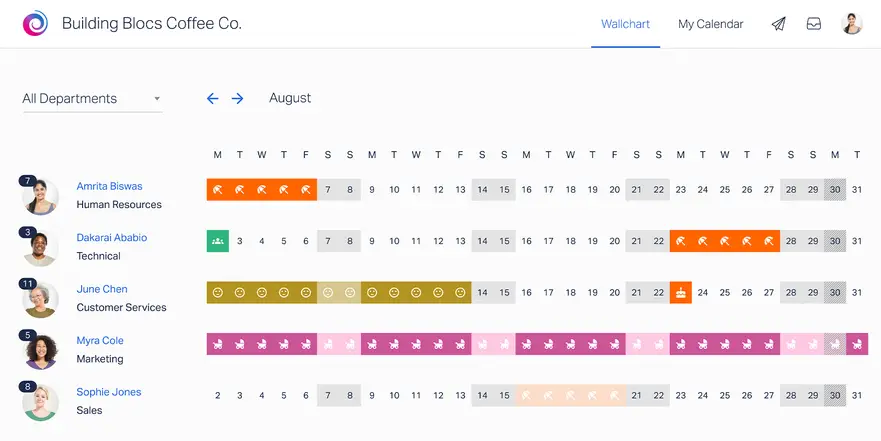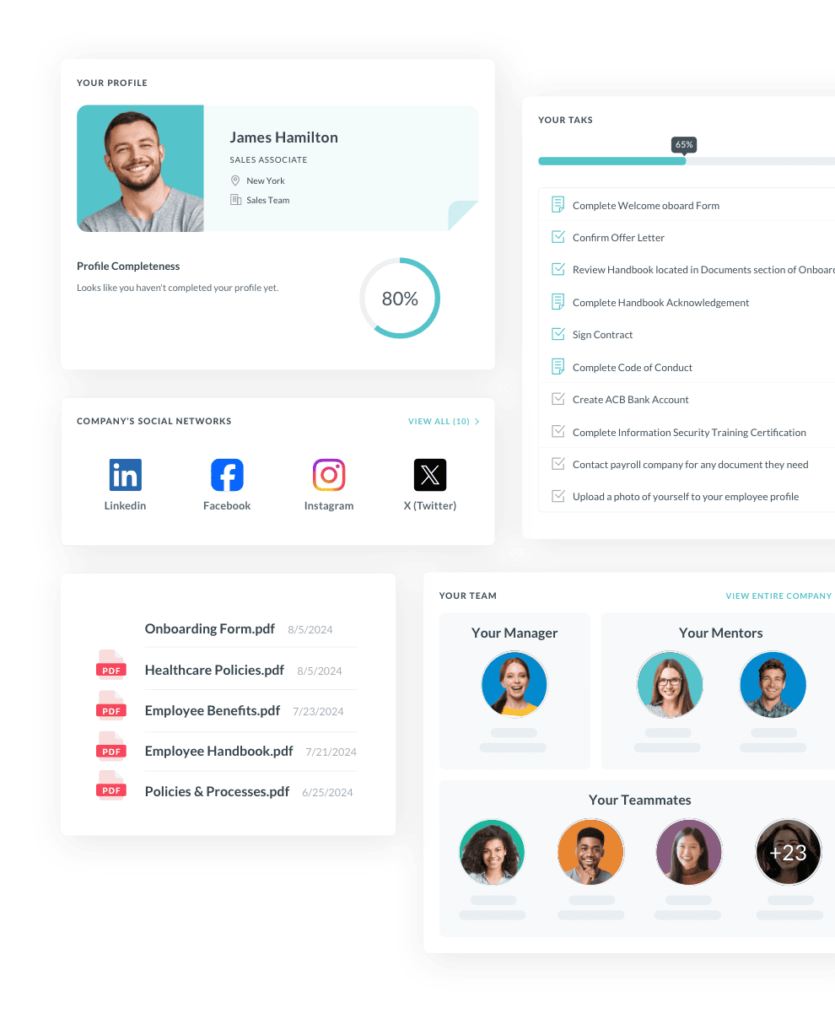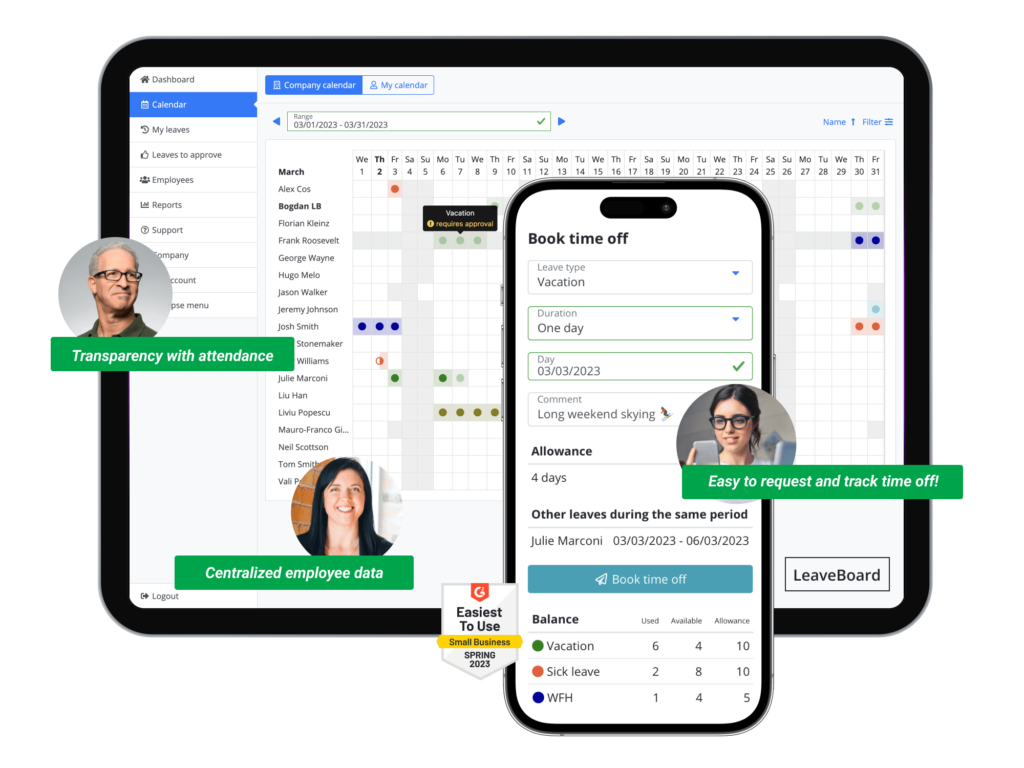Managing employee time off effectively is essential for maintaining a productive and engaged workforce. Without a proper system in place, businesses may struggle with scheduling conflicts, payroll discrepancies, and reduced efficiency. A time off calculator is a valuable tool that helps organizations track and manage employee leave efficiently, ensuring smooth business operations and improved workforce productivity.
What Is a Time Off Calculator?
A time off calculator is a software tool or system that automates the tracking of employee leave, including vacation days, sick leave, personal time, and other types of absences. It helps HR professionals and managers calculate accrued time off, approve leave requests, and maintain an accurate record of employee absences. Many modern time off calculators integrate with payroll and HR systems to streamline workforce management.
Ways a Time Off Calculator Enhances Workforce Productivity
1. Reduces Administrative Burden
Tracking employee leave manually can be time-consuming and error-prone. A time off calculator automates calculations and record-keeping, freeing HR personnel and managers from tedious paperwork. This allows them to focus on strategic tasks that contribute to business growth and efficiency. Additionally, it eliminates the risk of data loss associated with manual record-keeping and ensures that all leave data is stored securely in a centralized system.
2. Eliminates Scheduling Conflicts
A well-integrated time off calculator provides real-time visibility into employee availability. Managers can easily see who is on leave and make informed decisions about shift assignments, preventing understaffing and ensuring business continuity. With built-in conflict detection features, these tools can also alert managers when too many employees request time off simultaneously, allowing them to redistribute workloads accordingly.
3. Ensures Fair and Transparent Leave Policies
An automated system ensures that all employees are treated fairly when requesting time off. It prevents favoritism or errors that might occur in manual tracking, creating a more transparent workplace environment where employees trust the process. Additionally, employees can easily check their leave balances and plan their vacations without confusion, fostering a culture of fairness and accountability.
4. Improves Employee Satisfaction and Work-Life Balance
Employees who can easily request time off and track their accrued leave feel more in control of their work-life balance. This leads to higher job satisfaction, lower burnout rates, and improved morale, which directly contribute to increased productivity. A time off calculator also helps managers ensure that workloads are distributed evenly, preventing overworking employees and reducing turnover rates.
5. Prevents Payroll Errors
Payroll errors due to inaccurate leave tracking can result in financial losses for businesses and dissatisfaction among employees. A time off calculator ensures accurate payroll calculations by tracking paid and unpaid leave automatically, reducing discrepancies and disputes. This improves payroll efficiency and prevents costly mistakes that could lead to legal complications.
6. Enhances Compliance with Labor Laws
Different regions have varying labor laws regarding employee leave. A time off calculator helps businesses comply with local, state, and federal regulations by automatically applying relevant leave policies, avoiding potential legal issues and penalties. It can also generate reports that help HR teams demonstrate compliance during audits and labor inspections.
7. Boosts Workforce Planning and Forecasting
By analyzing historical leave data, businesses can anticipate employee absence trends and plan accordingly. This allows organizations to implement backup strategies, adjust workloads, and ensure deadlines are met, leading to smoother operations and higher efficiency. A time off calculator can also help businesses identify peak leave periods and optimize staffing levels accordingly.
8. Facilitates Remote and Hybrid Work Arrangements
With the rise of remote and hybrid work models, managing employee leave has become more complex. A time off calculator helps businesses keep track of remote employees’ leave schedules, ensuring proper coordination and avoiding disruptions in team collaboration. Additionally, it ensures that remote employees receive the same level of leave benefits and policy adherence as on-site employees.
9. Provides Real-Time Data Insights and Reporting
Most time off calculators come with robust analytics and reporting features that allow HR teams to track leave trends, absenteeism rates, and workforce productivity. These insights help organizations make data-driven decisions to improve efficiency, optimize HR policies, and reduce operational disruptions. Custom reports can also be generated to help management assess leave trends and implement better policies.
10. Enhances Employee Self-Service and Autonomy
A time off calculator typically includes a self-service portal where employees can request leave, check their balances, and view past leave history. This reduces the need for HR involvement in routine leave inquiries and empowers employees to manage their leave independently. By streamlining leave requests, approvals, and modifications, businesses can improve operational efficiency and reduce administrative workload.
Choosing the Right Time Off Calculator
When selecting a time off calculator, businesses should consider factors such as:
Ease of Use – A user-friendly interface ensures that employees and managers can access and update leave records effortlessly.
Integration Capabilities – The tool should integrate seamlessly with Calendars such as Google or Outlook calendar.
Customization Options – Businesses should be able to configure leave policies based on their specific requirements.
Automated Notifications – The system should provide automatic alerts for leave approvals, pending requests, and balance updates.
Mobile Accessibility – A mobile-friendly platform enables employees to manage their leave on the go.
Scalability – The tool should support growing businesses and be flexible enough to accommodate organizational changes.
Conclusion
A time off calculator is a crucial tool for businesses aiming to enhance workforce productivity. By automating leave tracking, preventing scheduling conflicts, ensuring compliance, and improving employee satisfaction, organizations can optimize their operations and maintain a high-performing workforce. Investing in the right time off calculator can lead to significant improvements in efficiency, employee engagement, and overall business success. Furthermore, it allows companies to create a more structured, transparent, and data-driven leave management system, ensuring that productivity and operational effectiveness remain at their peak.



